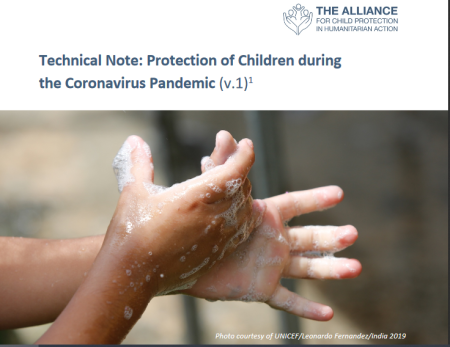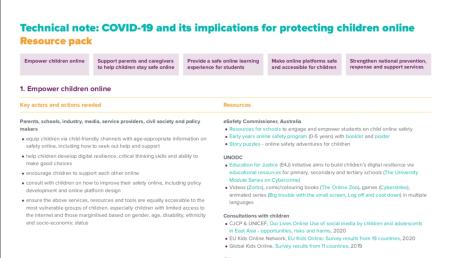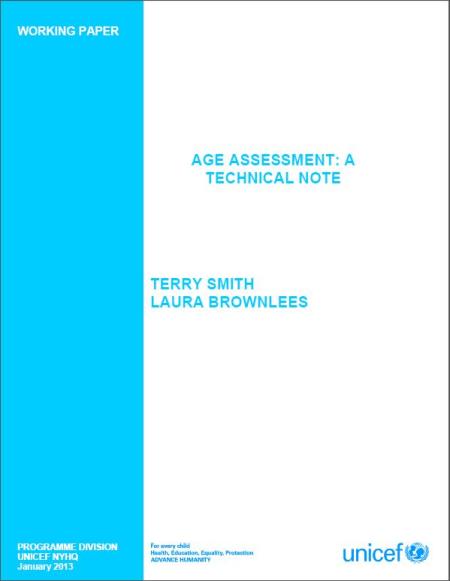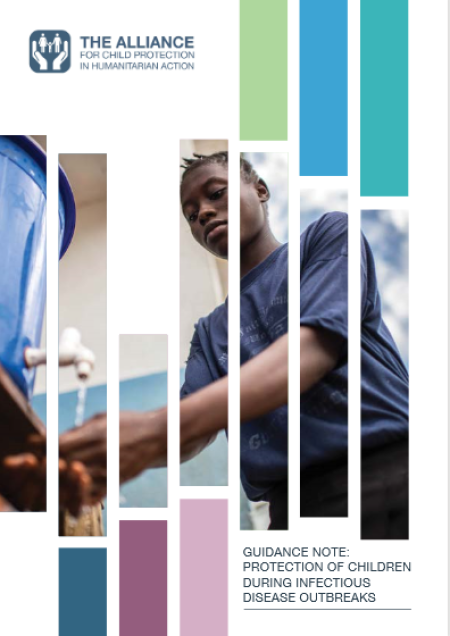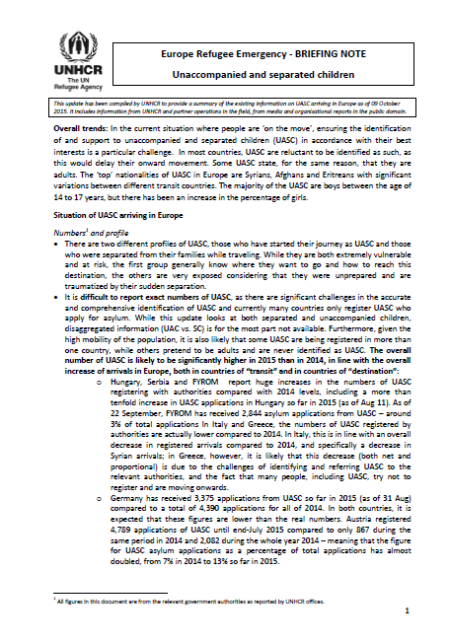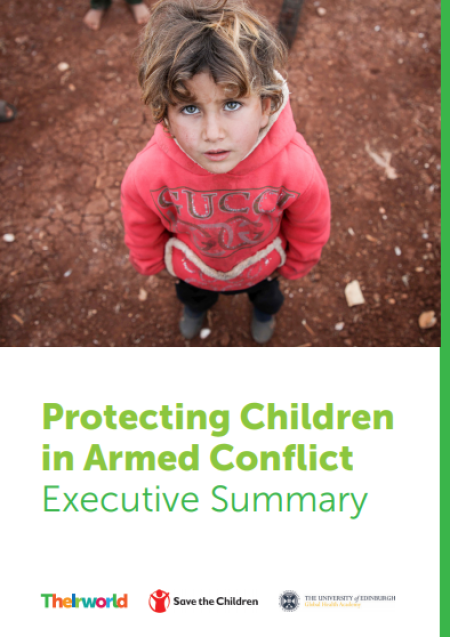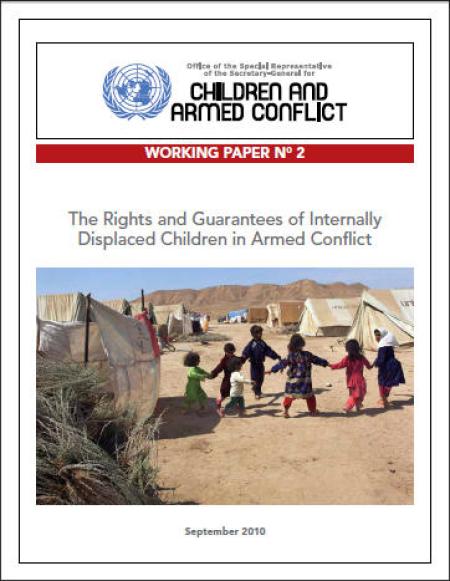The ‘Education interventions for CAAFAG’ Technical Note is based upon an extensive desk study, key informant inter- views with 23 practitioners from a range of roles, including in Child Protection and Education, as well as technical in- put from the CAAFAG Task Force and CAAFAG Education technical note reference group. The members of the reference group work with children associated with armed forces and armed groups (CAAFAG) globally. It complements the CAAFAG Programme Development Toolkit, which provides detailed, step-by-step guidance on setting up programmes, alongside the INEE Minimum Standards for Education in Emergencies and the Minimum Standards for Child Protection in Humanitarian Action.
The findings indicate that joint and integrated Child Protection and Education programming can address the immediate and systemic risks children formerly associated with armed forces and armed groups face returning to learning, such as physical and psychological harm, sexual exploitation and abuse, and re-recruitment into armed forces and armed groups. Child Protection programmes can also help ensure that education programmes are protective and inclusive for all children, regardless of their background, gender, or experience. Education and Child Protection programmes can create a comprehensive and coordinated approach to education interventions for CAAFAG.
This technical note recommends holistic education programming with a multidisciplinary and socio-ecological approach involving government agencies, international non-government organisations (INGOs), civil society including community, local, national and international NGO, community leaders, etc. Key steps and resources are shared, as well as guidance on how to establish tailored learning and environments that accommodate and consider the needs of this group of children; integrating MHPSS into Education; engaging family and community support; considering child protection and legal aid; setting up intersectoral coordination; and research, monitoring and evaluation.





